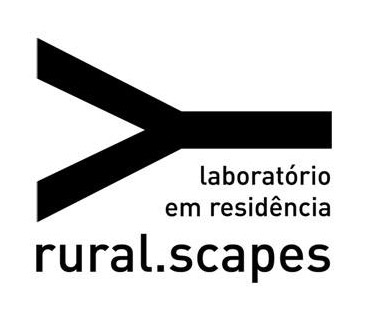Marcio Hirokazu Shimabukuro – aka Shima
“Habitat II: “We are what we eat!” – this key statement paves the way for the artist Shima to understanding the kitchen as a starting point for a daily and 30 days long performative process during which nutrition directly influences physiology and psychology. Shima proposes an ongoing procedural exchange with Dona Cida, Santa Teresa’s master cook and specialist in tropeiro cuisine and natural medicine, becoming her assistant. The daily performances will include residents, and equally visitors during the open farm events. This proposal may strongly impact on the group’s daily experience and transform, in the most material and spiritual sense, all other art practices. In this exchange, an art/cookbook will be produced.” Jury text
“(..) Hábitat II, by Marcio Hirokazu Shimabukuro a.k.a Shima, also intended to establish a relational system, that would cover the preparation of a cook book inspired on the dialogues and shared work with Dona Cida at the Fazenda’s kitchen. The proposal involved the joint preparation of the food for all the artists in the house, together with the person in charge of the kitchen for several of the past editions of the lab-res. However, this fundamental space for knowledge exchange was affected by communication breakdowns, which resulted in Dona Cida’s leave and, consequently, the transformation of Shima into the sole worker at the kitchen. As expected, this whole process was far from harmonic, which was nonetheless transformed into a potentiality by Shima, especially during the week in which he stopped communicating verbally.
Needless to say, the possibility of listening goes hand in hand with the possibility of inhabiting silence. “[S]ilence is capable of generating a displacement from the center of listening; in many occasions, it is translated into one’s own interior.”8 Given the fact that listening can be thought of as a cultural acquisition, life without speaking can also enable a new form of learning, made possible by the displacement of a naturalized point of listening –usually focused on the outside, and perceived as a passive act.
The fact that one of the inhabitants of the house has kept silence supposes, almost necessarily, the renewal and alteration of existing dynamics, from the proliferation of several messages written by Shima in various supports, to the magnification of body language and pointing at sectors of the house previously ignored as inhabited listening points –by a diversity of ears, bodies and subjectivities. (..)”
text fragment “Listening processes at rural.scapes #labRes2016_2”
by Mariela Cantú – critic in residence.


